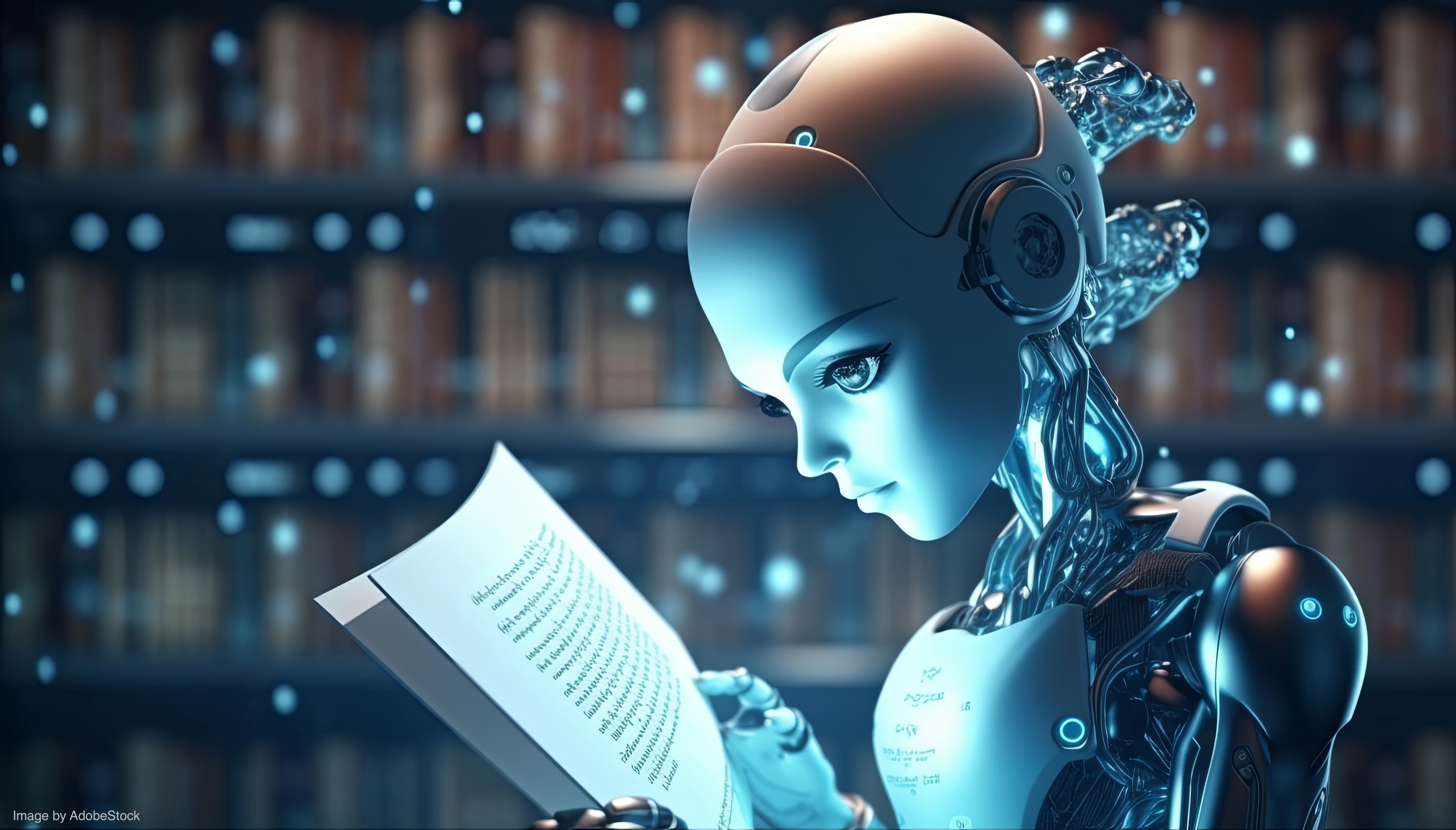AI for Human Learning and Behavior Change
- January 2, 2024
- Posted by: Aanchal Iyer
- Category: Artificial Intelligence

AI for Human Learning and Behavior Change
“AI for Human Learning and Behavior Change” is the use of Artificial Intelligence (AI) tools to help people learn new skills and change their behavior. This can be done in several ways, including offering recommendations, providing feedback as well as customized information. AI systems can enhance prevailing teaching methods and create brand-new ones. The ultimate goal of AI research into its application to human activities in these fields is to help speed and boost the effectiveness of learning and behavior change methods.
AI describes computational methods that assist humans in becoming more knowledgeable and ethical. In this blog, let us understand how AI is now being put to use to enable better learning and behavioral change. All of us know that we have a tough time picking ourselves up and moving on once we make a mistake. Also, we frequently persist in repeating the same mistakes. This is because our minds are not very good at learning from our past mistakes. However, AI is exceptionally good at remembering all past mistakes and can help us learn from them.
Consider an example of you trying to learn to play the piano on your own. When you make a mistake, the AI system remembers and informs you where you went wrong. This helps you hone your piano skills, ultimately reaching a point where you perform flawlessly. AI is also being used to help humans change their behavior. For example, AI is driving programs that can help one kick the smoking habit. These programs keep tabs on your smoking habits and offer immediate feedback on how you are doing. So far, AI has displayed excellent capability in simplifying human learning and influencing desirable changes in behavior. The impact of AI on our daily lives is expected to increase in the coming years.
How AI Can Influence Human Behavior
A group of researchers at CSIRO’s Data61 have created a systematic method of finding and exploiting vulnerabilities in the way humans make choices with an AI system called “recurrent neural network and deep reinforcement learning”. Three experiments have been carried out up until now.
The first experiment involves participants clicking on red or blue boxes to win a fake currency. With each selection, the applied AI system learns about the participant’s choice patterns and guides them toward a specific choice.
In the second experiment, participants watch a screen and press a button when they see a particular symbol (for example an orange triangle). Here, the AI set out to organize the sequence of symbols so the participants make more mistakes.
The third experiment consists of several rounds in which a participant pretends to be an investor giving money to a trustee (the AI). The AI then returns a specific amount of money to the participant, who then decides how much to invest in the next round. This game is played in two different modes. In one, AI maximizes how much money it ends up with, and in the other, AI aims for a fair distribution of the amount between itself and the human investor.
In each experiment, the system learns from participants’ reactions and responses and identifies and targets vulnerabilities in people’s decision-making. The result is that the system can steer participants towards particular actions.
What the Research Means for the Future of AI
These findings are still quite abstract and involve unrealistic as well as restricted situations. We require more research to determine how this approach can be put into action and help to benefit society. However, the research does advance our understanding of what AI can do and how humans make choices. It shows us that machines can learn to steer human choice-making through their interactions with us.
This research has a wide range of possible applications. For example, improving behavioral sciences and public policy and improving social welfare in comprehending and influencing how people adopt healthy eating habits or renewable energy. AI and ML can help recognize people’s vulnerabilities in certain situations and help them steer away from poor choices. The method can protect against influence attacks. Machines should be taught to alert us of online influence. These systems can also help us shape our behavior to disguise our vulnerabilities. For example, by not clicking on some pages, or clicking on others to lay a false trail.
What’s Next?
Like any technology, AI can help for good or bad. Proper governance is vital to ensure its responsible implementation. Last year CSIRO developed an AI Ethics Framework for the Australian government as an early step in this journey. AI and ML are generally very hungry for data, which means it is vital to ensure we have effective systems in place for data governance and access. Implementing adequate consent processes and privacy protection when gathering data is essential. Companies using and developing AI need to confirm they know what these technologies can and cannot do, and be aware of potential risks as well as benefits.
